Help with drainage on side yard
cmhcoop
18 years ago
Related Stories

PETS6 Ways to Help Your Dog and Landscape Play Nicely Together
Keep your prized plantings intact and your dog happy too, with this wisdom from an expert gardener and dog guardian
Full Story
CURB APPEAL7 Questions to Help You Pick the Right Front-Yard Fence
Get over the hurdle of choosing a fence design by considering your needs, your home’s architecture and more
Full Story
LIFE12 House-Hunting Tips to Help You Make the Right Choice
Stay organized and focused on your quest for a new home, to make the search easier and avoid surprises later
Full Story
FARM YOUR YARDThe 8 Tools That Help Bring the Farm to Your Table
Vegetable gardeners get a big assist from these essential helpers
Full Story
GARDENING GUIDES8 Unthirsty Plants Help You Save Water in Style
Spend less effort and money on your landscape with drought-tolerant and native plants that liven up your yard
Full Story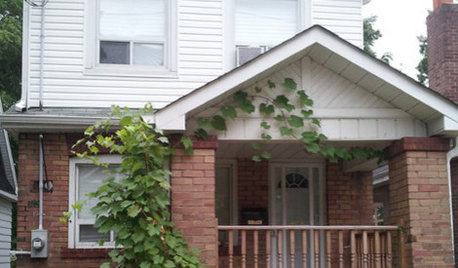
ENTRYWAYSHelp! What Color Should I Paint My Front Door?
We come to the rescue of three Houzzers, offering color palette options for the front door, trim and siding
Full Story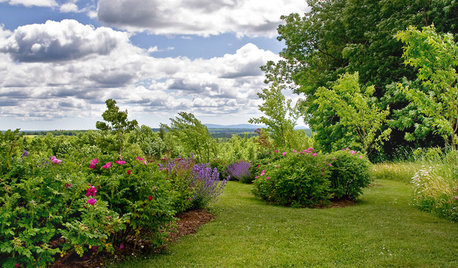
LANDSCAPE DESIGNYour Mini Guide to Great Garden Edges
Get the scoop on trenches to the skinny on bender board, to help keep your garden beds as tidy as you like
Full Story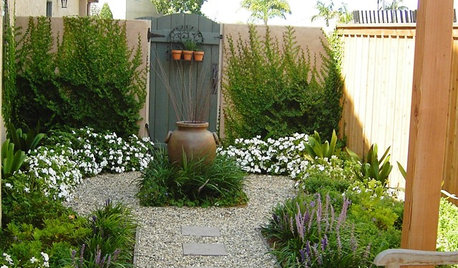
GARDENING GUIDESHow to Turn a Side Yard Into a Glorious Garden Room
With just 8 feet or so, you can turn a plain side yard into a garden that lets you get carried away
Full Story
BATHROOM DESIGNConvert Your Tub Space Into a Shower — Waterproofing and Drainage
Step 4 in swapping your tub for a sleek new shower: Pick your waterproofing materials and drain, and don't forget to test
Full Story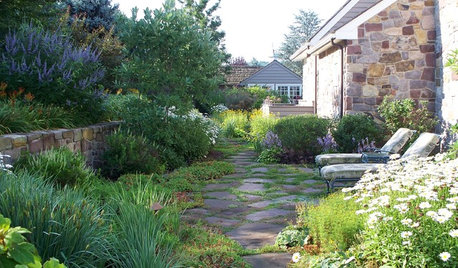
PATIO OF THE WEEKKeep a Secret Garden on the Side
Privacy and plantings are the focus of this Philadelphia side yard, offering a respite from a busy backyard
Full Story





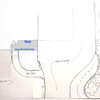
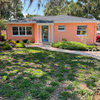
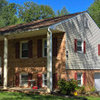


lou_spicewood_tx
karinl
Related Professionals
Middle River Landscape Architects & Landscape Designers · Salisbury Landscape Architects & Landscape Designers · Eureka Landscape Contractors · Live Oak Landscape Contractors · Mendota Heights Landscape Contractors · Mount Kisco Landscape Contractors · Nashua Landscape Contractors · Placerville Landscape Contractors · Watertown Landscape Contractors · La Palma Decks, Patios & Outdoor Enclosures · Salem Decks, Patios & Outdoor Enclosures · Verona Decks, Patios & Outdoor Enclosures · West Chester Decks, Patios & Outdoor Enclosures · Decks, Patios & Outdoor Enclosures · Glenvar Heights Swimming Pool Buildersnativenut
cmhcoopOriginal Author
nativenut
carolina_clueless
nativenut
karinl